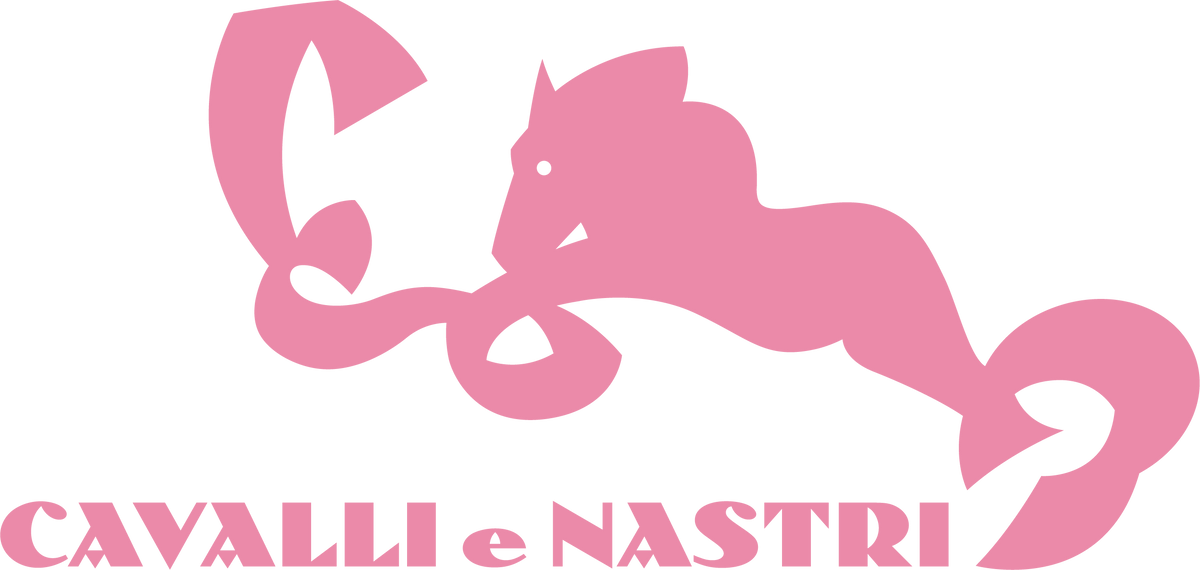
Christian Dior
这家卓越的奢侈品牌的故事始于二战后渴望复仇的巴黎。人们强烈渴望自由和美丽。他们想要“新”,想要摆脱那段黑暗时期的所有丑陋。
Coco Chanel
年复一年,十年复十年,香奈儿 (Chanel) 书写着时尚史。品牌的标志性单品始终如一,却又与众不同,让全世界的女性梦寐以求,并将继续如此。这些单品象征着坚定、独立、不拘一格和精致的女性气质。
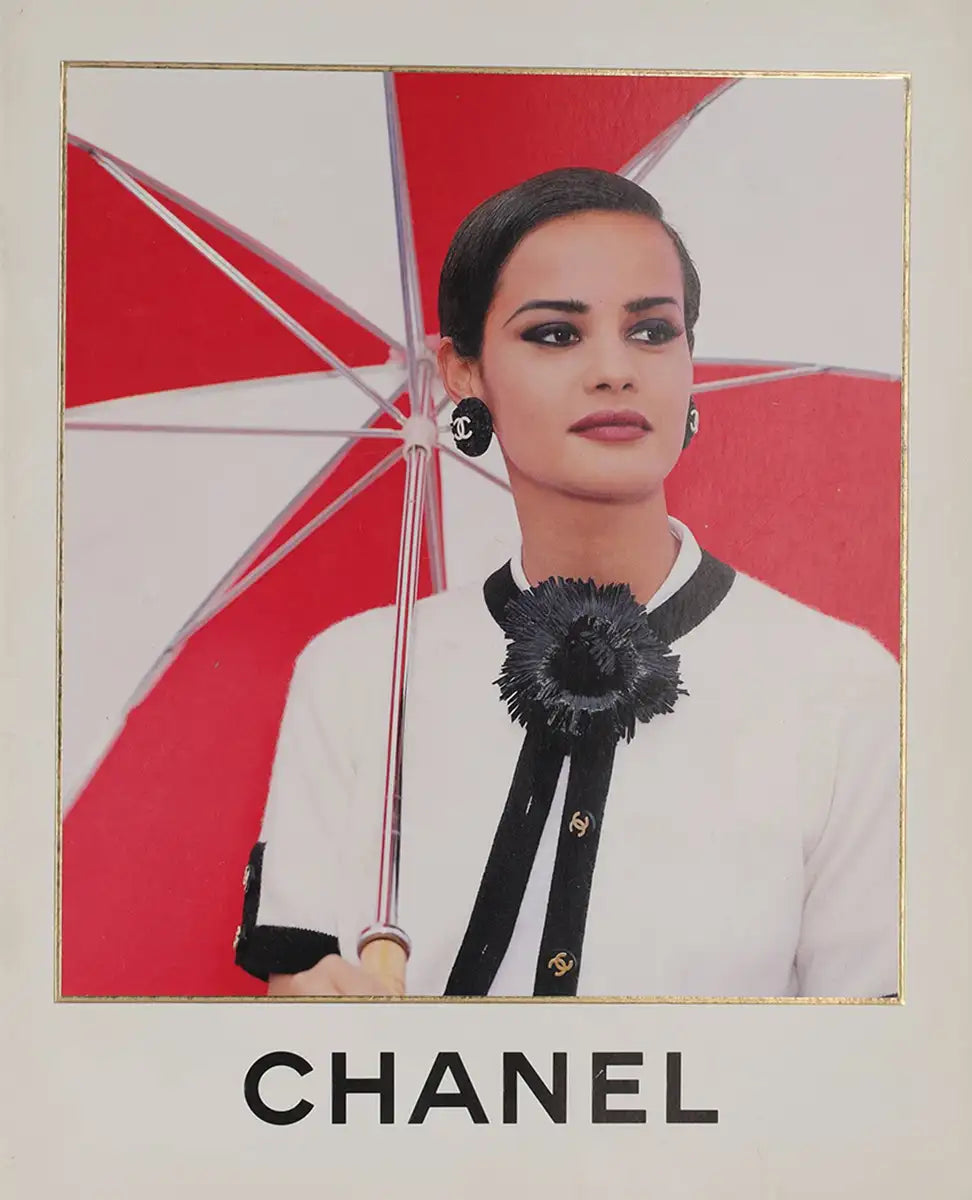
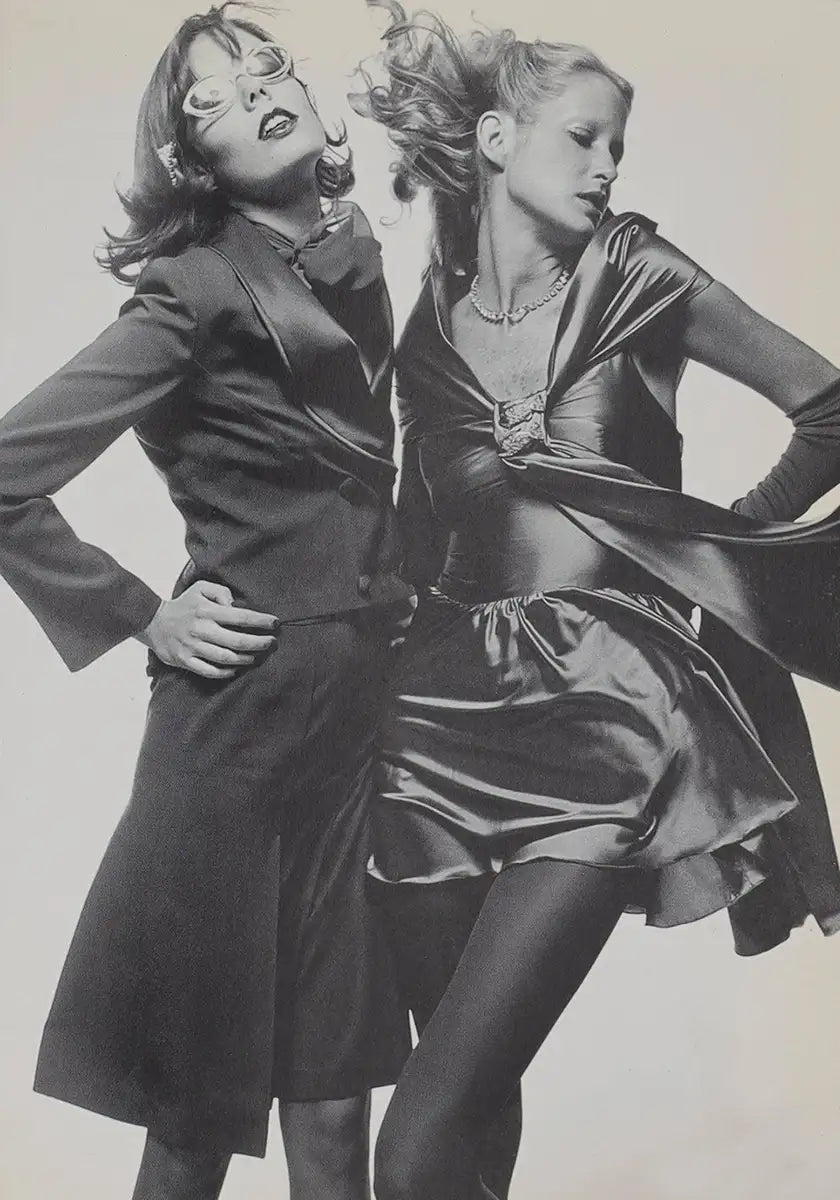
Crazy Krizia
克里齐亚出生时名为玛丽亚·曼德利 (Maria Mandelli),由于其古怪的风格和对面料的非传统使用而被称为“疯狂的克里齐亚”。如今,克里齐亚最为人记住的是她的针织品、香水,以及她在 1971 年设计的早期热裤,当时流行的裤子长度仅在中长款和长款之间。
Dolce&Gabbana
Domenico Dolce 和 Stefano Gabbana(Dolce & Gabbana,以及一段时间内的 D&G)代表了人们对意大利的喜爱和憎恨。奢华、对“fatto a mano”(手工)、工艺、时装和剪裁的无条件热爱。还有传统(有时会成为传统主义)、富裕(有时会演变成炫耀)和爱国主义(有时只是钟楼主义)。
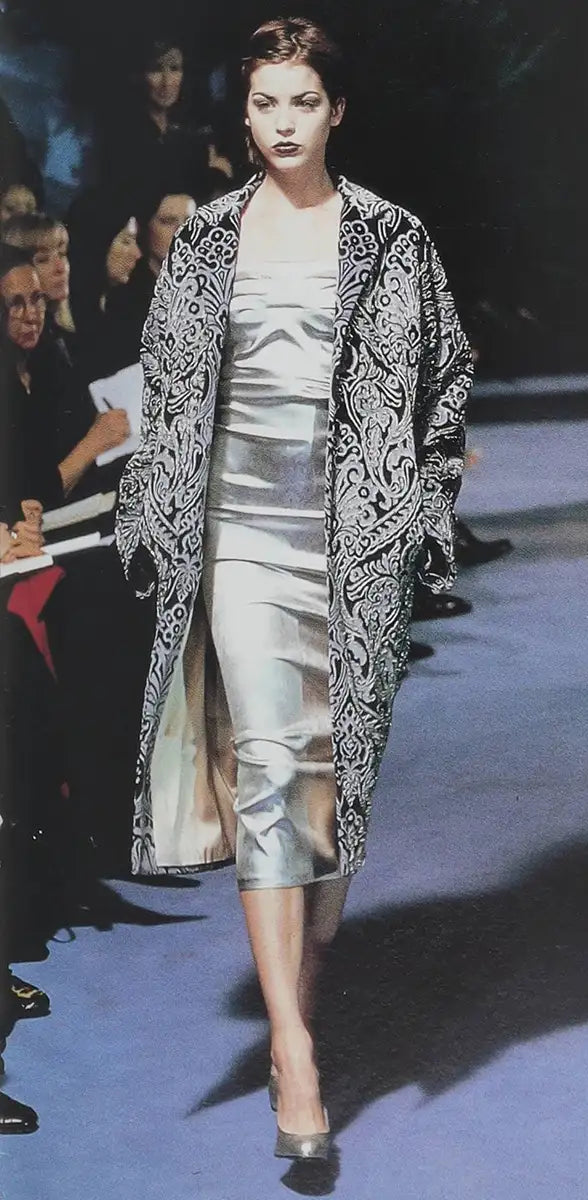

Gianfranco Ferrè
詹弗兰克·费雷 (Gianfranco Ferré) 毕业于米兰理工大学建筑系,经常被称为“时尚建筑师”,他为意大利制造时尚的全球神话以及意大利成衣的创造做出了贡献,因此开创了一种不那么精英化、更民主的时尚理念。
Gucci
尽管多年来经历了许多演变和彻底的变革,但 Gucci 主要与 Dolce Vita 时代联系在一起。当时,该品牌成为意大利制造的象征,其产品包括 Bamboo 包、标志性乐福鞋和 Flora 围巾,受到 Grace Kelly、Audrey Hepburn、Jane Birkin 和 Jackie Onassis 等人的青睐,后者是著名 Jackie O 包的灵感来源。
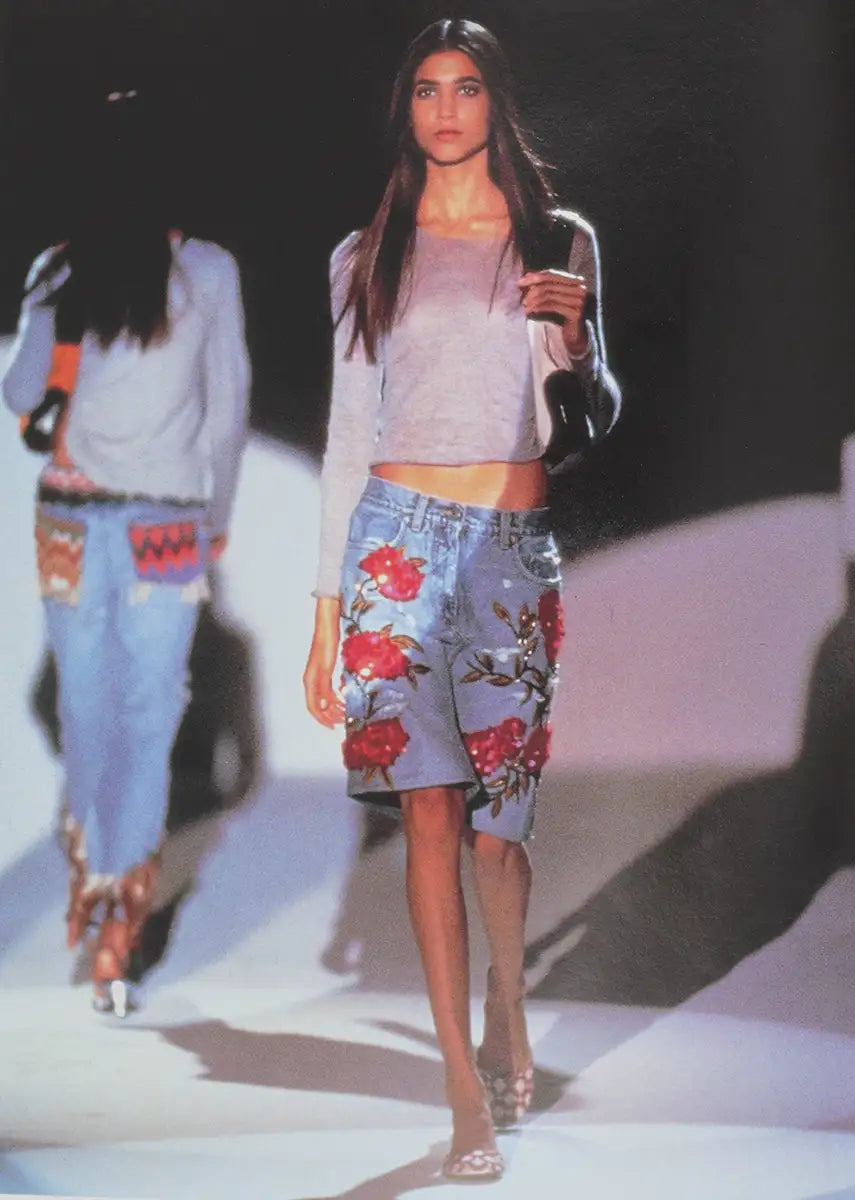
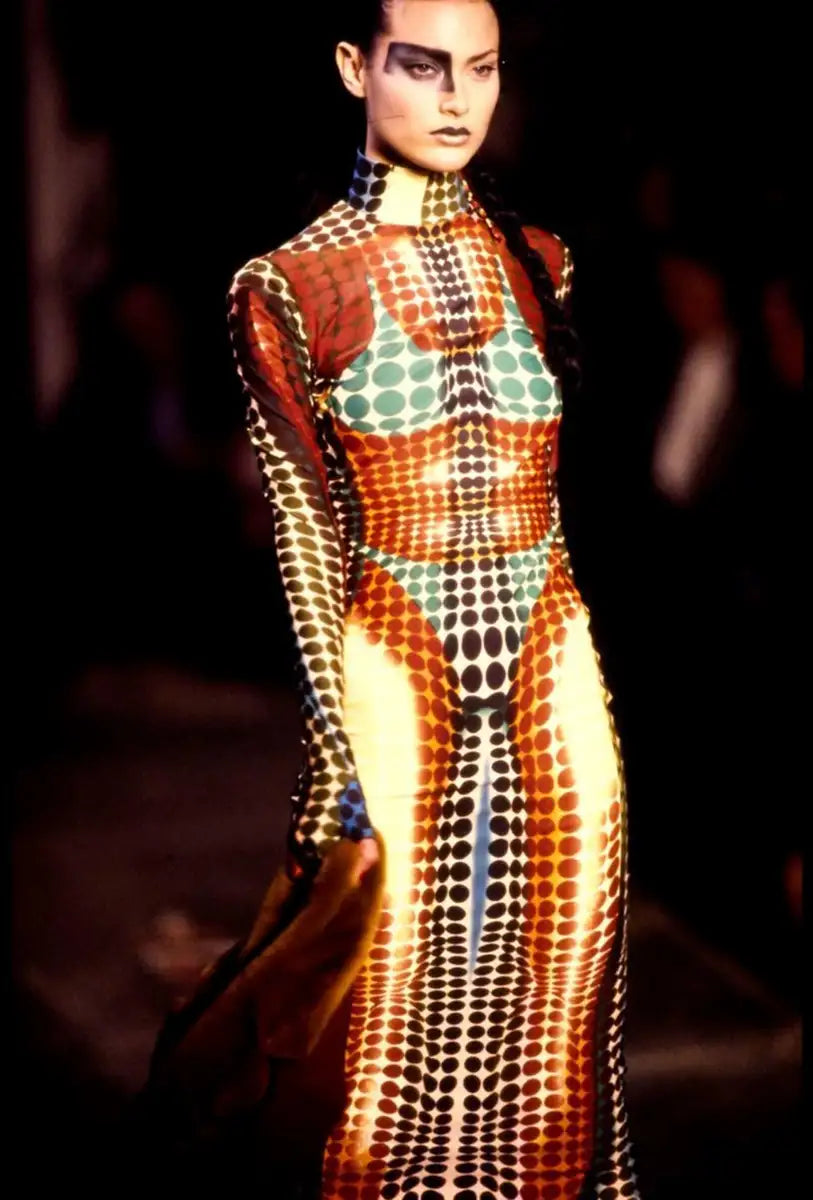
Jean Paul Gaultier
当谈论 Jean Paul Gaultier(他又被称为时尚界的“坏孩子”)时,谈论变革比谈论时尚更合适。从男式裙子到布列塔尼条纹 T 恤,再到对紧身胸衣的各种重新诠释,包括为麦当娜设计的锥形乳房,这位最具讽刺意味和跨界的设计师被认为彻底颠覆了风格的概念。
Prada is Miuccia Prada
Prada 的故事,无论是“Miuccia Prada 的故事”还是“Prada 品牌的故事”,基本上都是意大利时尚的故事。


Roberta di Camerino
Roberta di Camerino 的真实姓名是 Giuliana Coen,她于 1920 年出生于威尼斯。“Roberta di Camerino”这个名字取自 Giuliana 女儿的名字“Roberta”和她丈夫的姓氏“Camerino”的组合。
Valentino
Valentino 的风格与短期季节性潮流大相径庭,而是专注于寻找绝对的美——介于艺术品和时尚、诗歌和装饰之间。Valentino 的礼服适合红地毯、奥斯卡之夜、电影节和时尚博物馆,但它们也向意大利日常生活中由传统和工艺构成的一面致敬。
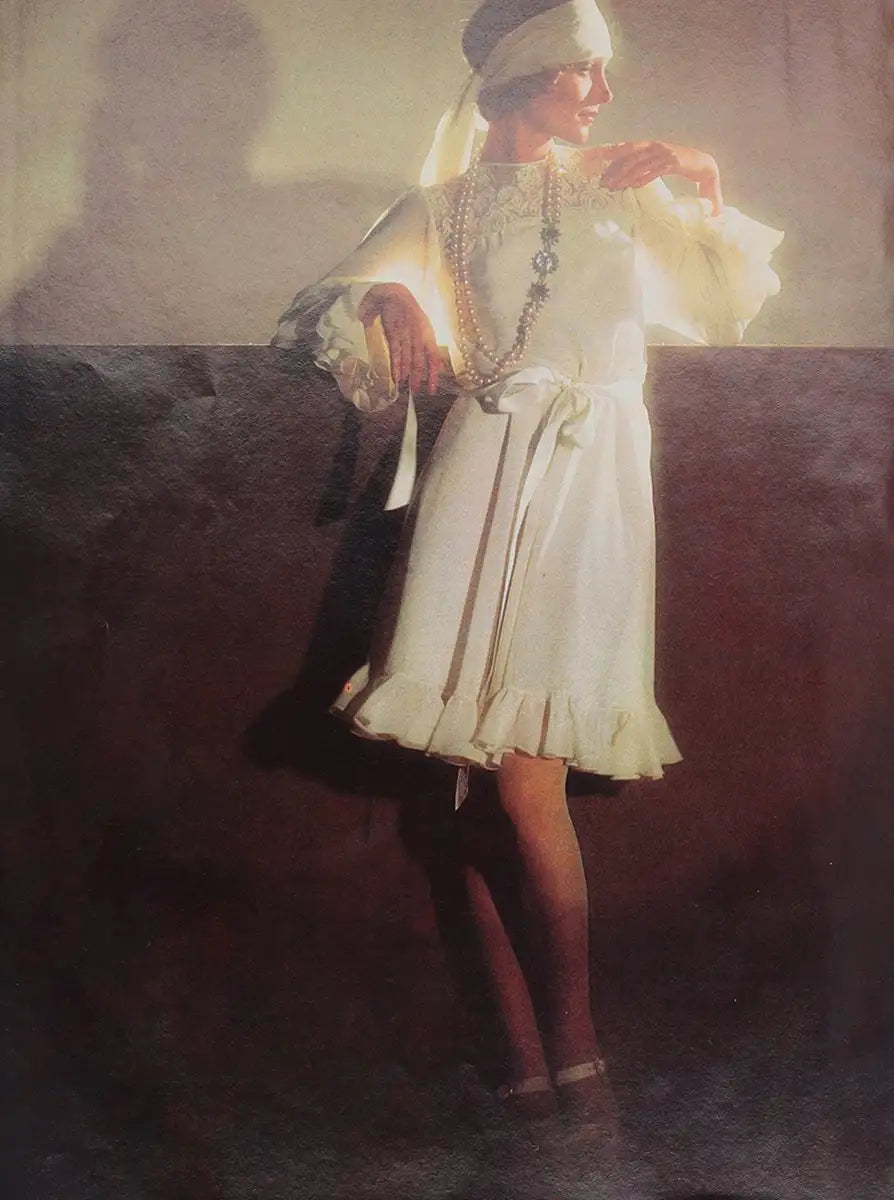

Versace
乔瓦尼·玛利亚·范思哲,人称詹尼,原籍卡拉布里亚,是范思哲时装公司的创始人,被认为是有史以来最具革命性的设计师之一,他彻底颠覆了时装界。
